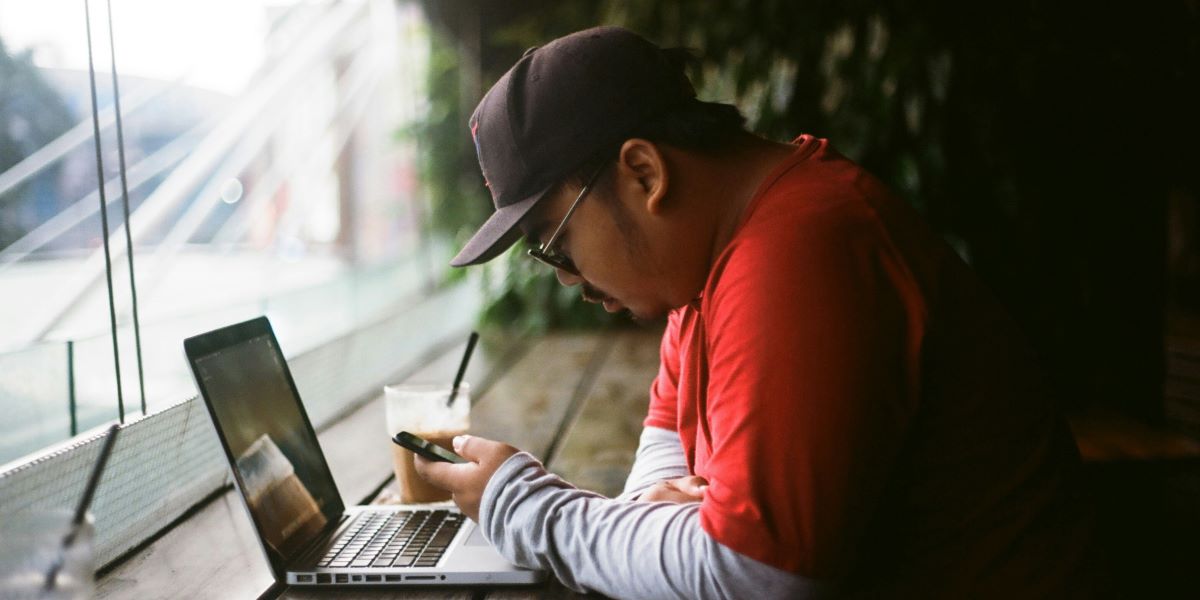By: Jacob Maslow
Street photography captures the essence of everyday life, freezing fleeting moments in time. This art form allows photographers to document the human experience, revealing stories hidden in plain sight. What is street photography? It’s a genre that blends creativity, spontaneity, and keen observation to produce compelling street photos that reflect society.
For beginners eager to explore this field, understanding the basics is crucial. This guide covers essential topics like composition techniques, camera settings, and ethical considerations for street photographers. We’ll also discuss the equipment needed and provide street photography tips to help you start capturing authentic moments on the streets. By the end, you’ll have the knowledge to begin your journey in this exciting photographic discipline.
Defining Street Photography
Street photography captures candid moments in public spaces, documenting everyday life and culture. It’s a spontaneous art form that focuses on unmediated encounters and random incidents. This genre goes beyond urban settings; it can be practiced in rural areas or public buildings as well.
Candid moments in public spaces
Street photographers aim to capture authentic, unposed scenes. They often shoot people without their awareness, preserving genuine expressions and interactions. This approach allows for a raw, unfiltered view of human behavior. Some photographers find a spot they like and wait for the perfect subject to enter the frame, creating a composition that blends the environment with human elements.
Capturing everyday moments
Street photography has an influence on documenting society and preserving moments in time. While it’s not primarily concerned with capturing objective truth, it often gains documentary value over time. These images can serve as time capsules, reflecting the culture, fashion, and social norms of a specific era. Street photographers have a unique opportunity to explore the human condition, showcasing both positive and negative aspects of being human.
Documenting interactions
One of the key aspects of street photography is its ability to reveal stories hidden in plain sight. It focuses on the “decisive moment” – that split second when all elements in the frame come together to tell a compelling story. Street photographers often capture fleeting interactions between people, revealing the complex web of human relationships in public spaces. These images can stimulate the imagination through intentional juxtapositions, exaggerated angles, and creative use of shadows, turning ordinary scenes into surreal compositions.
Essential Equipment for Street Photography
When it comes to capturing compelling street photos, having the right gear can make a significant difference. While street photography doesn’t require a vast array of equipment, a few key items can enhance your ability to capture authentic moments.
Choosing the right camera
The best camera for street photography is one that’s compact, unobtrusive, and easy to use. Many street photographers prefer mirrorless cameras or high-end compact cameras for their portability and discreet appearance. Look for a camera with fast autofocus, good low-light performance, and a silent shooting mode to avoid drawing attention. A popular option could be the OM-1 Mark II.
Lenses for street photography
Prime lenses are often favored by street photographers for their compact size and wide apertures. The most common focal lengths for street photography are 35mm, 50mm, and 28mm (full-frame equivalent). These focal lengths provide a natural perspective and force you to move around to compose your shots. A fast prime lens, like a 35mm f/1.8 or 50mm f/1.8, can be ideal for low-light situations and create a shallow depth of field.
Essential accessories to consider
While minimalism is key in street photography, a few accessories can be helpful. A comfortable camera strap allows for quick access and reduces fatigue during long shooting sessions. A small, weather-resistant bag can protect your gear from the elements. Some street photographers also find a circular polarising filter useful for controlling reflections and enhancing colours. Additionally, extra batteries and memory cards are essential to ensure you don’t miss any street photography opportunities throughout the day.
Techniques for Capturing Compelling Street Photos
Observing and anticipating moments
To capture compelling street photos, it’s crucial to develop keen observation skills. Street photographers need to be fully present and attuned to the sights, sounds, and emotions unfolding around them. Train your eye to notice subtle gestures, the interplay of light and shadow, and the nuances of human expression. By sharpening these skills, you can uncover hidden narratives and capture the beauty in the ordinary.
Anticipation is equally important in street photography. It involves predicting and responding to potential moments before they happen. By studying patterns of movement and interactions in different environments, you can position yourself in the right place at the right time, ready to capture the decisive moment. This skill sets street photographers apart, allowing them to transform ordinary scenes into captivating stories frozen in time.
Composition tips for street scenes
When it comes to composition in street photography, simplicity is key. Look for minimalistic backgrounds, such as walls, to make your subjects stand out. Pay attention to lines in urban landscapes, both physical (architecture, roads) and those created by light and shadows. These lines can draw attention to key elements, connect subjects, and add perspective to your street photos.
Consider using the rule of thirds to create balanced and dynamic compositions. Leaving space around key elements can make them stand out, even small objects. Framing your shot keeps the viewer focused on the subject and adds depth to the image. Look for contrasts in light, color, structure, or shape to create points of interest in your street photos.
Working with available light
Street photographers often have to work with available light, adapting to various light sources, colors, and directions. During the golden hour (early morning or late afternoon), almost all directions are good for photography. Direct sunlight can be challenging, but you can work around it by positioning yourself strategically. Shooting in the shade or on overcast days can produce low-contrast images with dramatic backgrounds.
Window light can create beautiful contrasts when shooting indoors. When dealing with artificial light sources like fluorescent or LED lamps, be mindful of white balance. In mixed lighting situations, identify the main light source and adjust your camera settings accordingly. By understanding and analyzing the available light, you can turn any lighting situation into an opportunity for capturing compelling street photos.
Legal and Ethical Considerations
Photography laws
Street photography often takes place in public spaces, where people generally don’t have an expectation of privacy. In many countries, including the UK and US, it’s legal to take photos in public without permission. However, laws vary by location, so it’s crucial to understand local regulations. For instance, in some European countries, stricter privacy laws may apply. When shooting on private property, always seek permission from the owner to avoid trespassing issues.
Respecting privacy and consent
While it may be legal to photograph strangers, ethical considerations are equally important. Street photographers should be mindful of their subjects’ comfort and dignity. If someone objects to being photographed, it’s often best to respect their wishes and move on. This approach helps maintain a positive image of street photography and avoids potential confrontations. When photographing minors or in sensitive situations, extra caution is advised.
Dealing with confrontations
Despite best efforts, confrontations may occasionally arise. If questioned about your activities, remain calm and explain your intentions clearly. Having examples of your work on hand can help demonstrate the artistic nature of street photography. If asked to delete a photo, it’s usually best to comply to de-escalate the situation, even if you’re within your legal rights. Remember, the goal is to capture compelling street photos while maintaining respect for your subjects and the community.
Conclusion
Street photography offers a unique window into the human experience, capturing fleeting moments that might otherwise go unnoticed. Remember, the most important tool is your eye for detail and your ability to connect with the world around you. With practice and patience, you’ll develop your own style and begin to see the extraordinary in the ordinary, one frame at a time.
Disclaimer: The information provided in this article is for general informational purposes only and should not be construed as legal advice. Always consult with a legal professional to understand the laws in your specific location.
Published by Jeremy S.






